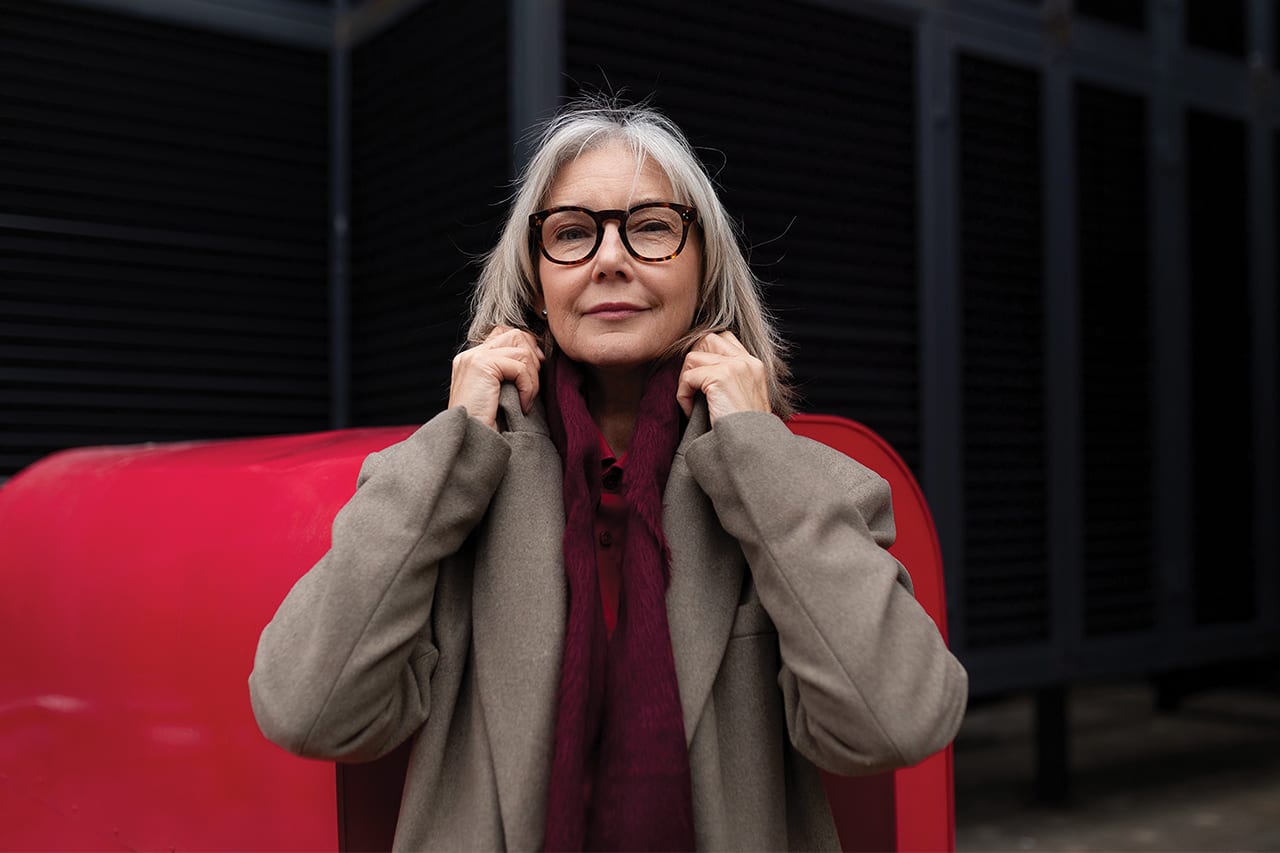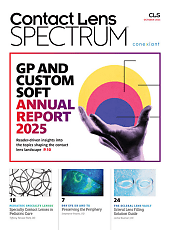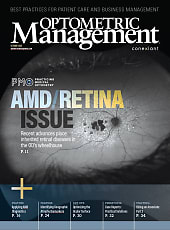Low vision care continues to be one of the most misunderstood and underutilized areas in eye health—and eyecare professionals have a critical role to play in changing that.

“I think the biggest challenge for people with visual impairment is when they’ve been told there is nothing more that can be done,” says Susan A. Primo, OD, MPH, FAAO, professor of ophthalmology and director of optometry and vision rehabilitation services at the Emory University Eye Center in Atlanta, GA. “This is an incredible disservice because patients end up losing hope, which we don’t want.” Instead, ECPs should be actively educating patients about the many tools, devices, and rehabilitation strategies that can help preserve independence and improve quality of life.
Unfortunately, many patients believe there’s only one option, shares Kristie Nguyen, OD, who practices at Dr. Kristie Nguyen PLLC in Winter Park, FL: “Patients’ biggest misconception is that there aren’t any services or products that can help besides over-the-counter magnifiers.” That’s why referral and education are key. Dr. Primo adds, “Our medical professional colleagues play a crucial role…[by] simply asking everyone, ‘When was your last comprehensive, dilated eye exam?’ [It goes] a long way to early detection of a variety of eye conditions.”
Initiating conversation with potential candidates for low vision solutions can be as simple as asking about common obstacles. “Probing gently into challenges with everyday activities like reading mail or a recipe can begin the conversation,” Dr. Primo advises. She also recommends preparing a low vision resource guide—printed in large font or shared as an audio resource—so patients leave with tangible next steps. Dr. Nguyen adds, “It’s as simple as having a pamphlet available with the necessary support.”
Dr. Primo engages with the eyecare community through the National Eye Health Education Program and quarterly webinars with the Healthy Living with a Vision Foundation. “Any chance I get, I will continue to educate all on the importance of strategies to help combat vision loss,” she says. Dr. Nguyen encourages networking with local organizations, attending trade shows, and learning about new devices to stay informed and connected.
Both ECPs recognize that the industry still has a long way to go. “Absolutely not [enough is being done],” Dr. Nguyen stresses. “More education and networking with my peers are a start.” Dr. Primo agrees: “We need to figure out how to make it work. Optometrists and opticians make a logical team for figuring how to incorporate some primary low vision rehabilitation in their settings. It can be an incredible practice builder, not to mention a valuable service to our communities.”



